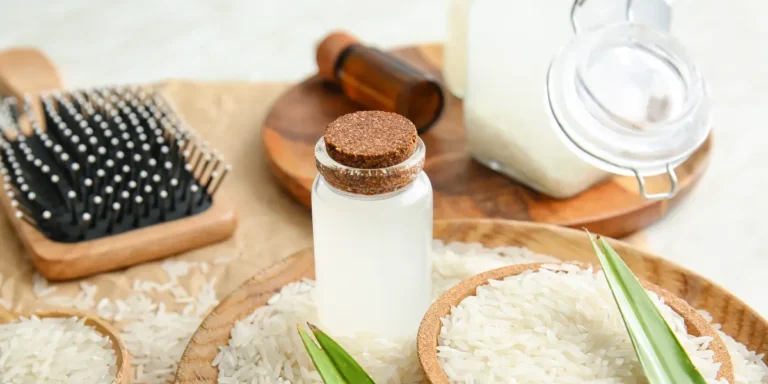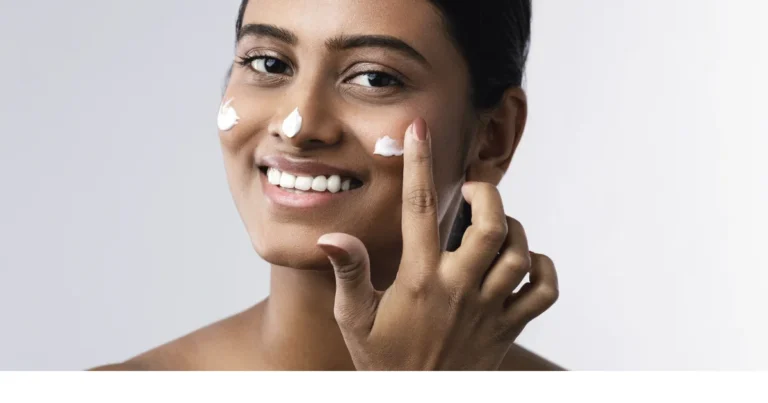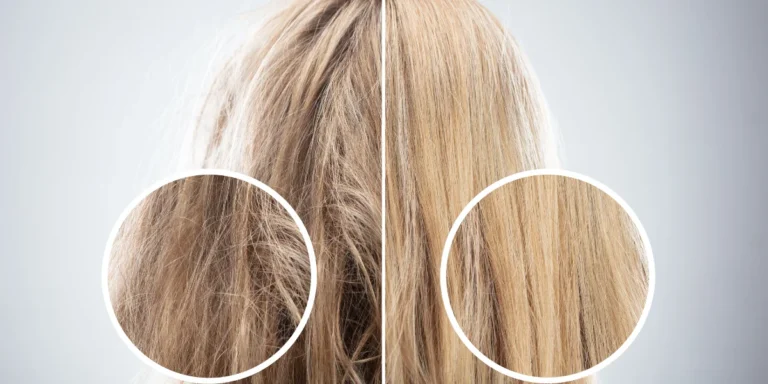Keep Your Hairbrush Clean: Benefits, Methods, and Frequency of Cleaning
Keeping your hairbrush clean is essential for maintaining healthy hair and scalp. Over time, hairbrushes accumulate hair, dust, oils, and product residues, which can affect their performance and hygiene.
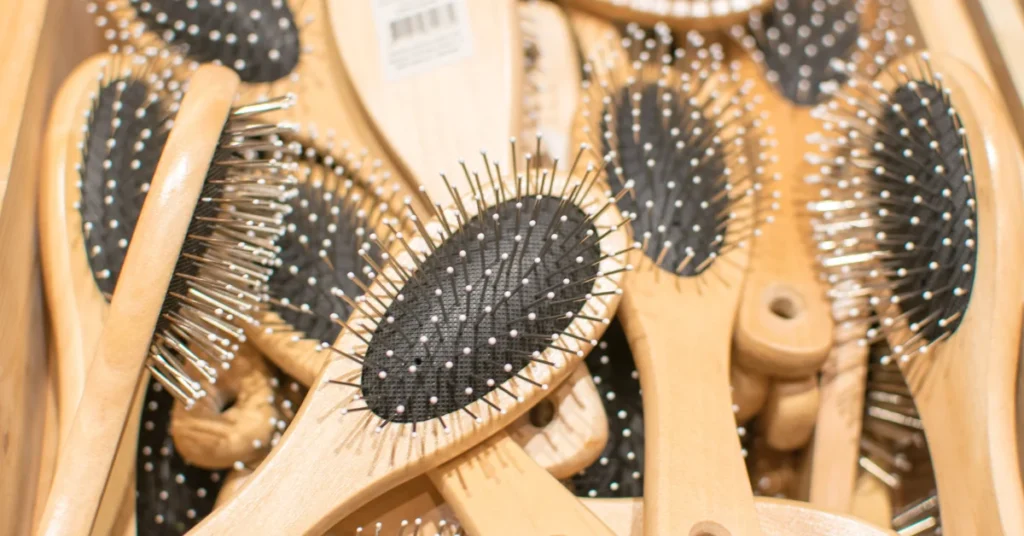
Benefits of Cleaning Your Hairbrush
Regularly cleaning your hairbrush offers several benefits:
Frequency of Cleaning
How often you should clean your hairbrush depends on your brush according to your hair type and how frequently you use styling products. Generally, it’s advisable to clean your hairbrush at least once every two weeks.
For those who use styling products frequently or have oily hair, consider cleaning it weekly to prevent buildup.
Steps to Clean a Hairbrush
1. Remove Hair from the Brush
Start by removing as much hair as possible from the bristles. Use your fingers, a comb, or a dedicated hairbrush cleaner to lift out the tangled hair. This step helps make the subsequent cleaning more effective.
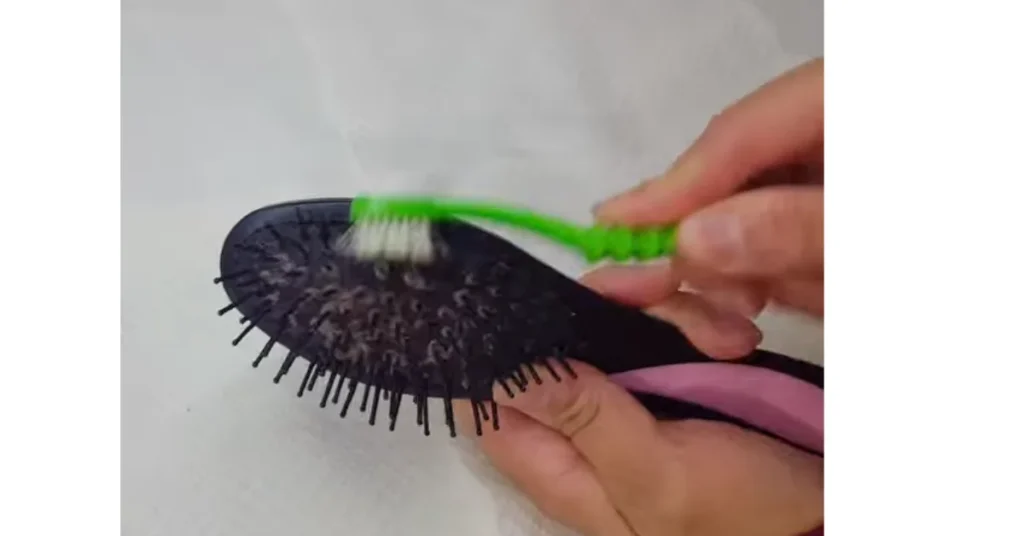
2. Prepare a Cleaning Solution
Fill a bowl or sink with warm water and add a few drops of shampoo or a mixture of water and vinegar (1:1 ratio). Vinegar naturally disinfects and breaks down residue, making it a great cleaning agent.
3. Soak the Brush
If your brush is plastic or metal, soak it in the solution for about 10-15 minutes. Avoid soaking wooden brushes or those with a cushioned base; instead, dip a toothbrush in the solution and clean the bristles gently.
4. Scrub the Bristles
Use a toothbrush to scrub between the bristles and around the base of the brush. This helps remove any stubborn residue and buildup. For tough grime, a paste made from baking soda and water can be applied to the bristles and scrubbed off.
5. Rinse and Dry
Rinse the brush thoroughly with cool water to remove any soap or vinegar residue. Shake off excess water and let the brush air dry with the bristles facing down on a towel. Avoid using a hair dryer, as heat can damage the bristles.
How to Clean a Lice Comb
Lice combs require meticulous cleaning to ensure no lice or eggs are left behind. Here’s how to clean a lice comb effectively:
When to Replace Your Hairbrush
Even with regular cleaning, hairbrushes need to be replaced periodically. Here are signs it’s time for a new brush:
- Damaged Bristles: Bent, broken, or missing bristles can damage your hair and scalp.
- Worn Cushion: If the cushion base is cracked or damaged, it won’t provide the necessary support.
- Six to Twelve Months: As a general rule, replace your hairbrush every 6-12 months, depending on its condition and usage.
GIVE Away
Cleaning your hairbrush regularly is a simple yet effective way to maintain good hair hygiene and prolong the life of your brush. Using natural cleaning agents like vinegar and baking soda ensures a safe and efficient cleaning process.


